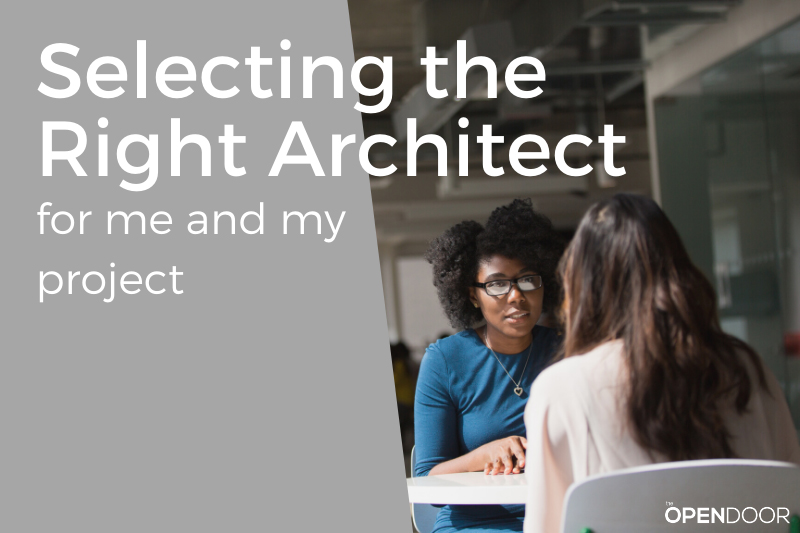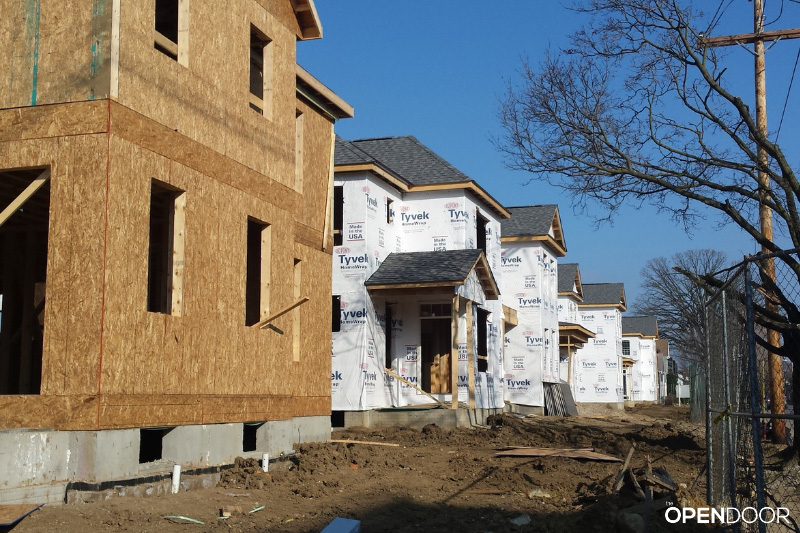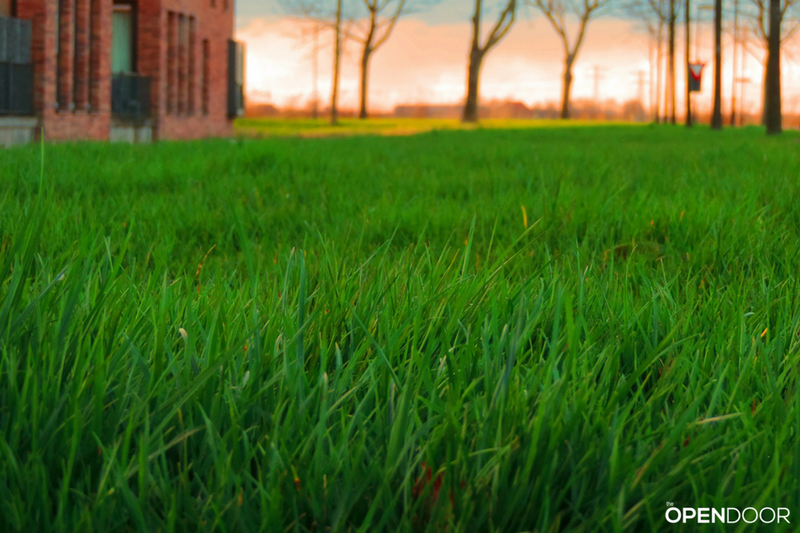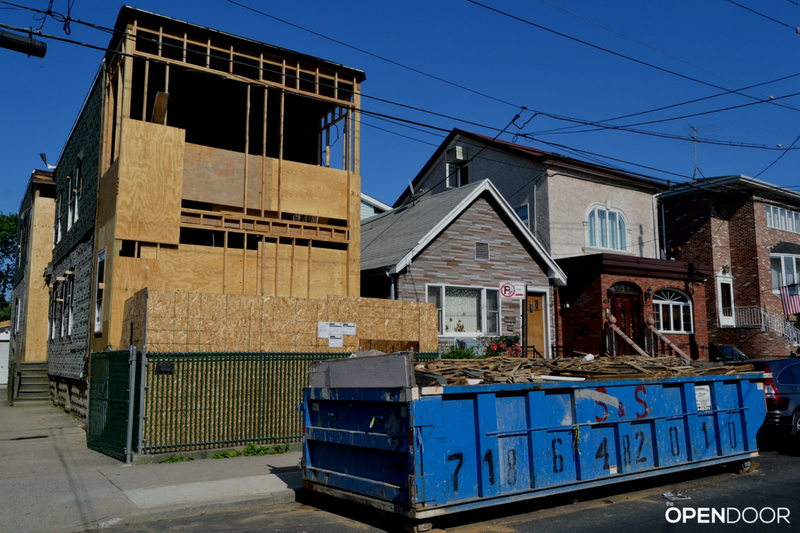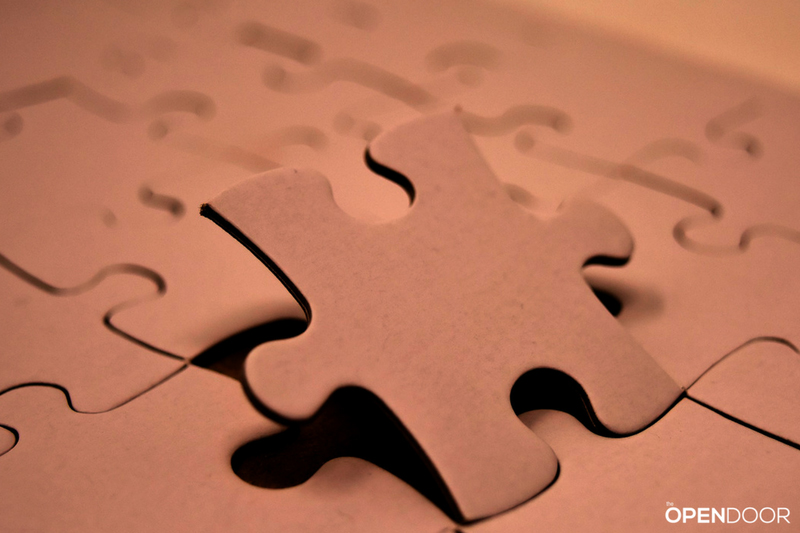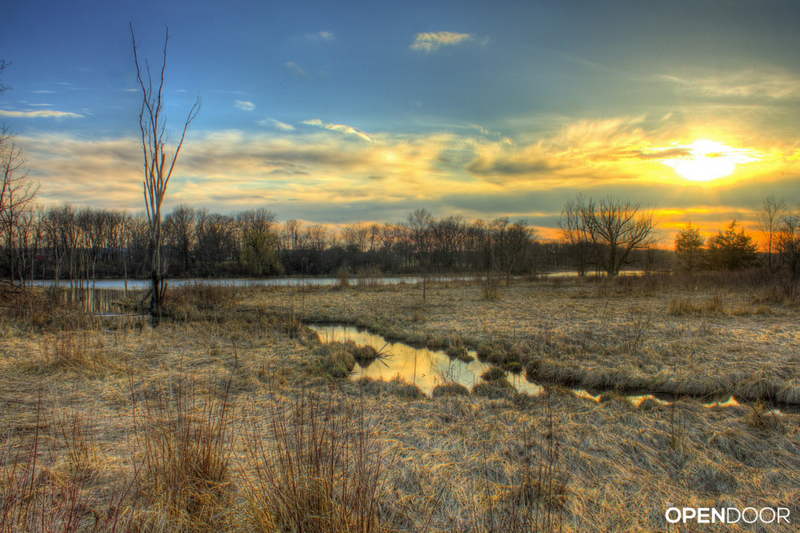How much does it cost to build a house?
What’s a good construction budget for a new house?
How much per square foot does a house cost?
I get asked these questions a lot – by family, friends, acquaintances and readers alike. It’s hard to give a realistic answer because these are loaded questions. There are so many variables involved in figuring out the real cost of construction. But the construction cost is not the only cost of building a project.
What people think of when they ask these questions is the actual construction cost, also known as the “hard construction cost”. But many people forget to include all the other “soft costs” associated with a project. Unfortunately, forgetting these costs results in cost blowouts and budgets that are well below the amount necessary to build the projects.
So what costs should be considered in your project budget?
Here are 3 categories of costs to account for in your home construction budget.
1. Hard Construction Costs
These are costs associated with the actual building of your house. They include all the material costs, the labor costs, and the general contractor’s overhead and profit (which can account for 20-25% of the construction cost).
They include excavation, foundation/ flatwork, framing, roofing, flashing & gutters, windows & shades, doors, siding & exterior trim, decks, HVAC, plumbing, electrical, insulation, drywall, millwork, paint, tile, cabinets, closets, countertops, flooring, appliances, specialty components (bath hardware, mirrors, fireplace, handrails, decorative metal), hardscape (patios, walkways, driveways) etc.
They also include site work, demolition, debris removal, and the contractor’s on-site temporary necessities like a job site trailer, port-a-potty, site security, specialty tools, etc.
2. Soft Construction Costs and Other Related Costs
These are all the other costs associated with completing your project. They include financing charges, permitting fees, insurance, professional & engineering fees, and land acquisition, to name the most common ones.
The list below represents many, but not all of the soft construction costs.
- Land Acquisition: Purchase Price, Financing, Legal fees, titling & documents fees; all costs associated with obtaining the land on which the building will be constructed
- Site Planning: Soils Reports, Environmental Studies, transportation studies and surveying for utilities, easements, and topography. It also includes regulatory agency review fees where applicable for the pertinent federal, state, county, and/or city agencies that have jurisdiction over the site design.
- Professional Fees: Architect and Civil, Structural, Electrical, Mechanical, Engineers, as well as Landscape Architect, Interior Designer, and other specialty consultants depending on the size and complexity of the project.
- Fixtures & Furnishings / Equipment: Tables, chairs, and anything that is not built-in or included with the actual construction. This may also include systems that are being installed by others not included in the building construction such as sound systems, communications, and wi-fi technology systems, security systems. Window shades are an item that is often overlooked.
- Other: Some projects may require additional legal or special accounting professional, fundraising or grant writing consultants and those fees should also be addressed.
3. Construction Contingency fund
This line item isn’t really a cost but is an essential part of your project budget so I’ve included it here.
A contingency fund is a pool of money set aside and reserved for unexpected expenses that come up during the design and construction process. These may be expenses associated with unforeseen conditions underground, with change orders late in the construction process, or any other unintended project expenses that arise. Depending on your particular project specifics, you may want to reserve a contingency fund of up to 10% of the construction cost. This may seem like a lot, but you wouldn’t believe what knowing that you’ve set money aside for “just in case” situations can do for your sanity.
Bottom line:
Make sure you include all project costs when you initially start budgeting for your house project, not just the hard construction costs. This can become a very costly mistake.
If you say your budget is $500,000, be deliberate in knowing what that includes. Is this the construction budget or the project budget? This can have very different effects on your project and your conversation with your designer/architect who is trying to design to a specific construction budget. The relationship between you and your designer/architect won’t be all that great when the disappointment sets in and you realize you didn’t consider all the project costs and your construction budget is really $300,000 not the full $500,000.
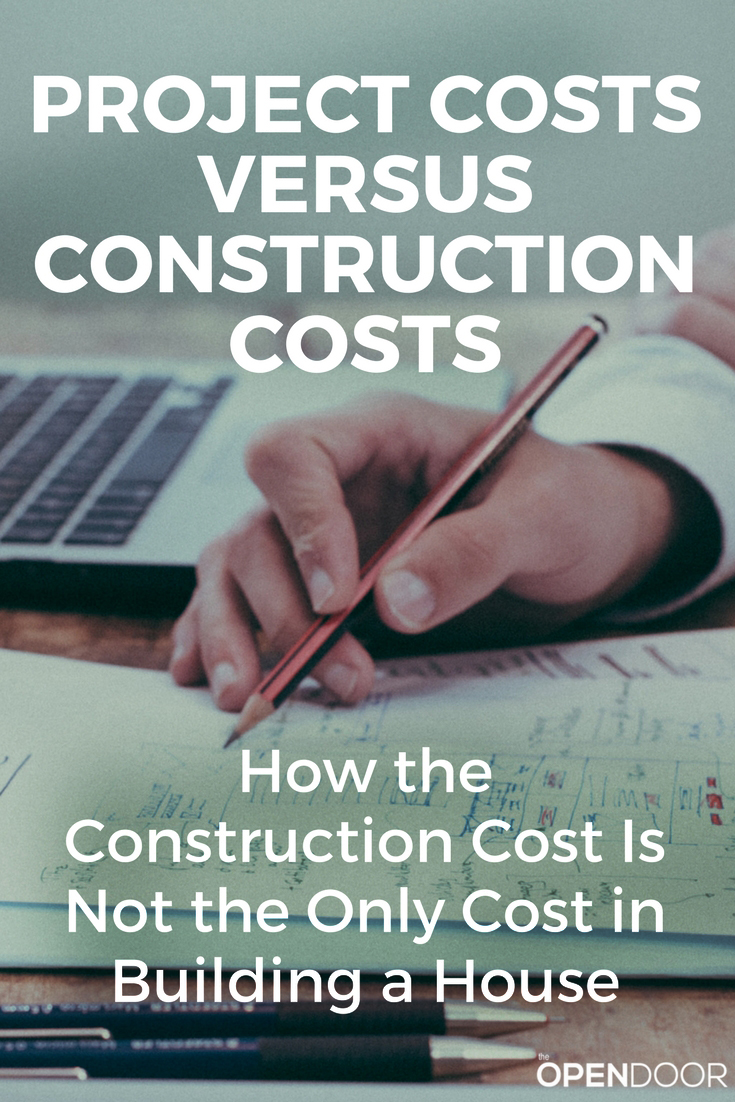
Preparing your construction budget
A well-defined project budget includes all the possible hard and soft costs of a project and identifies where the funds are coming from. By identifying where the funding is coming from for the entire project early on, problems associated with unidentified costs can be identified early on and minimized.
When you initially start working on your budget, these costs are most likely going to be rough ballpark figures and be calculated by erring on the high side. As you progress through the project timeline, these figures will start to become more defined as you make more decisions and the project becomes more concrete.


